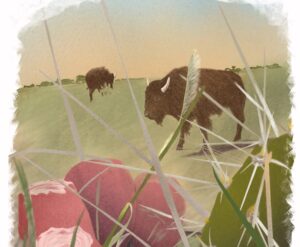
Drawing Resilience: Rural Road Trip
Nhatt Nichols traveled through seven Western states, connecting with inspirational rural cultural changemakers along the way.
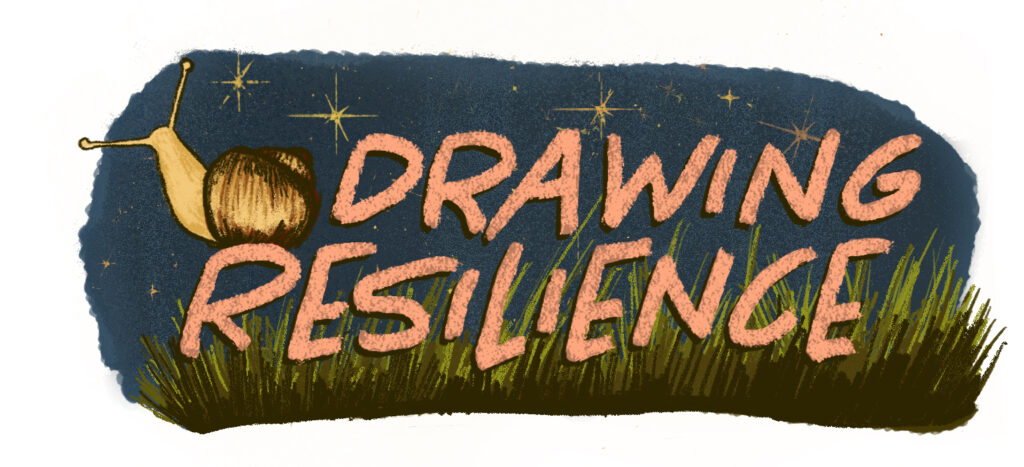

Illustrations and interviews by Nhatt Nichols

Nhatt Nichols traveled through seven Western states, connecting with inspirational rural cultural changemakers along the way.
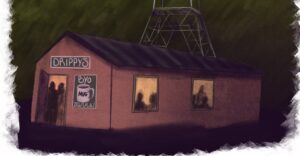
Illustration and story by Nhatt NicholsMary Welcome is an artist whose medium defies classification. She doesn’t use oil paints or
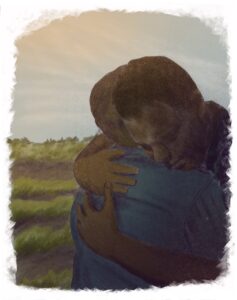
Nhatt Nichols interviews Richard Witt of Rural and Migrant Ministries, a group organizing in rural New York State.
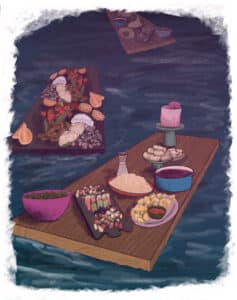
We talk to leaders in Texas and Washington state about their experiences with disaster preparedness, mutual aid, and the ways they work to strengthen their communities.

Willmar and Winona, Minn., are two rural towns that welcome and celebrate the immigrant experience.

Maureen Hearty transforms objects, space, and community, seeing art as a tool for action, education, and opportunity. The majority of her community-based work today is on the eastern plains of Colorado, considered one of the most sparsely populated areas in the United States. In Joes, Colorado (pop. 78), she is activating space using art, music, and the collection of story. In 2020, Maureen and her friend Kristin Stoltz were awarded an NEA grant for a project titled “Arts for a Prairie Seas: Farming Fluxus.”